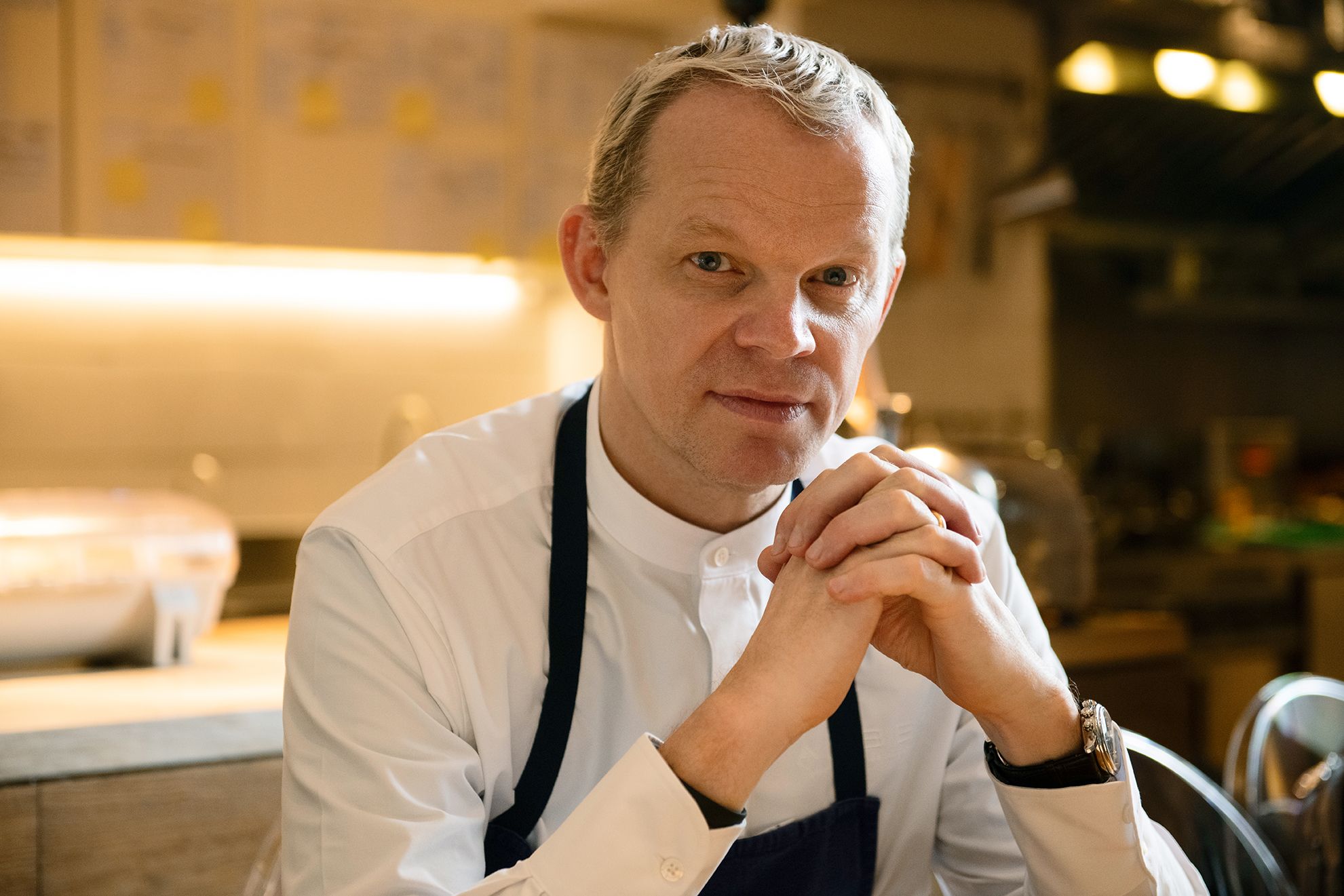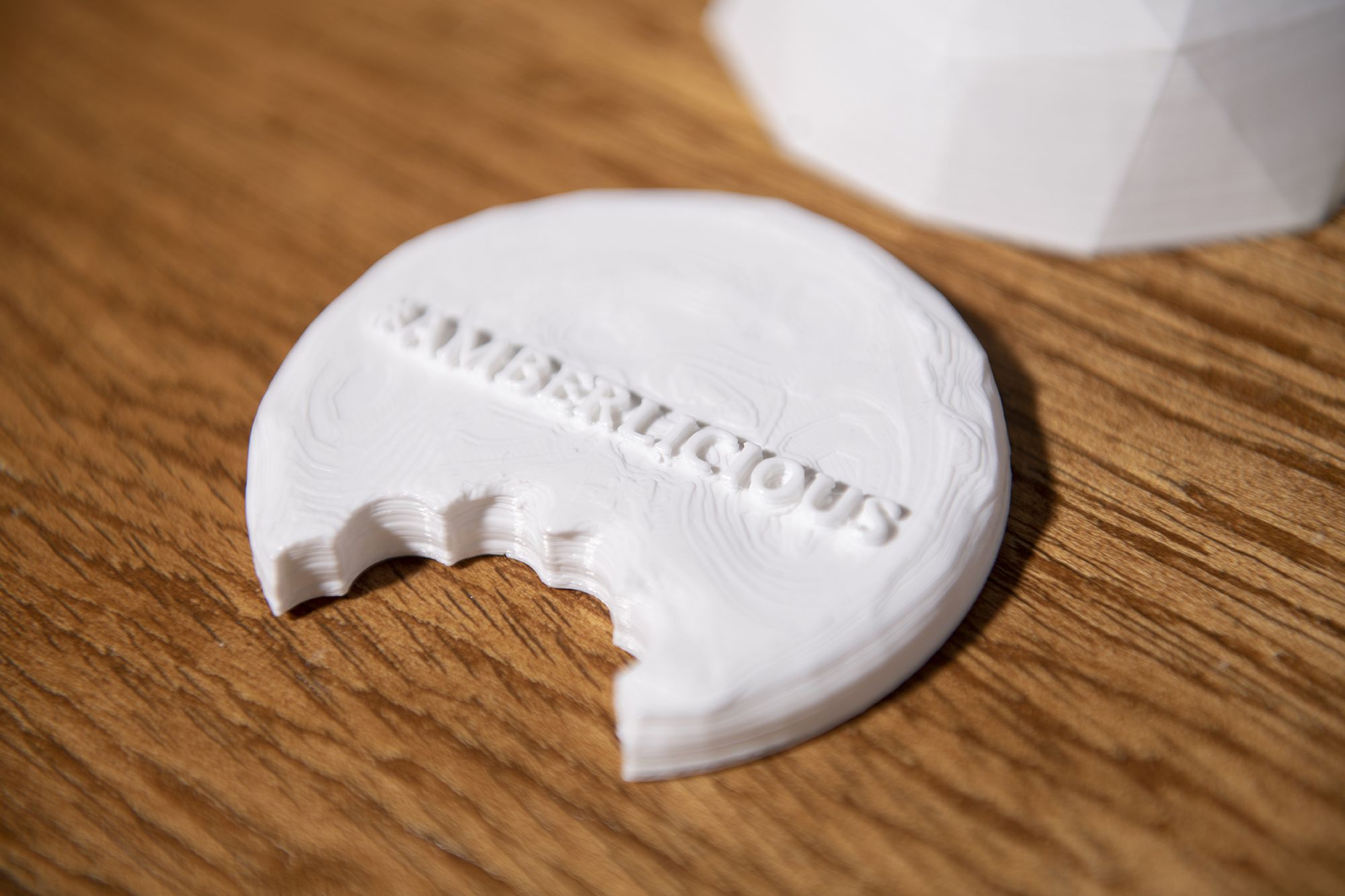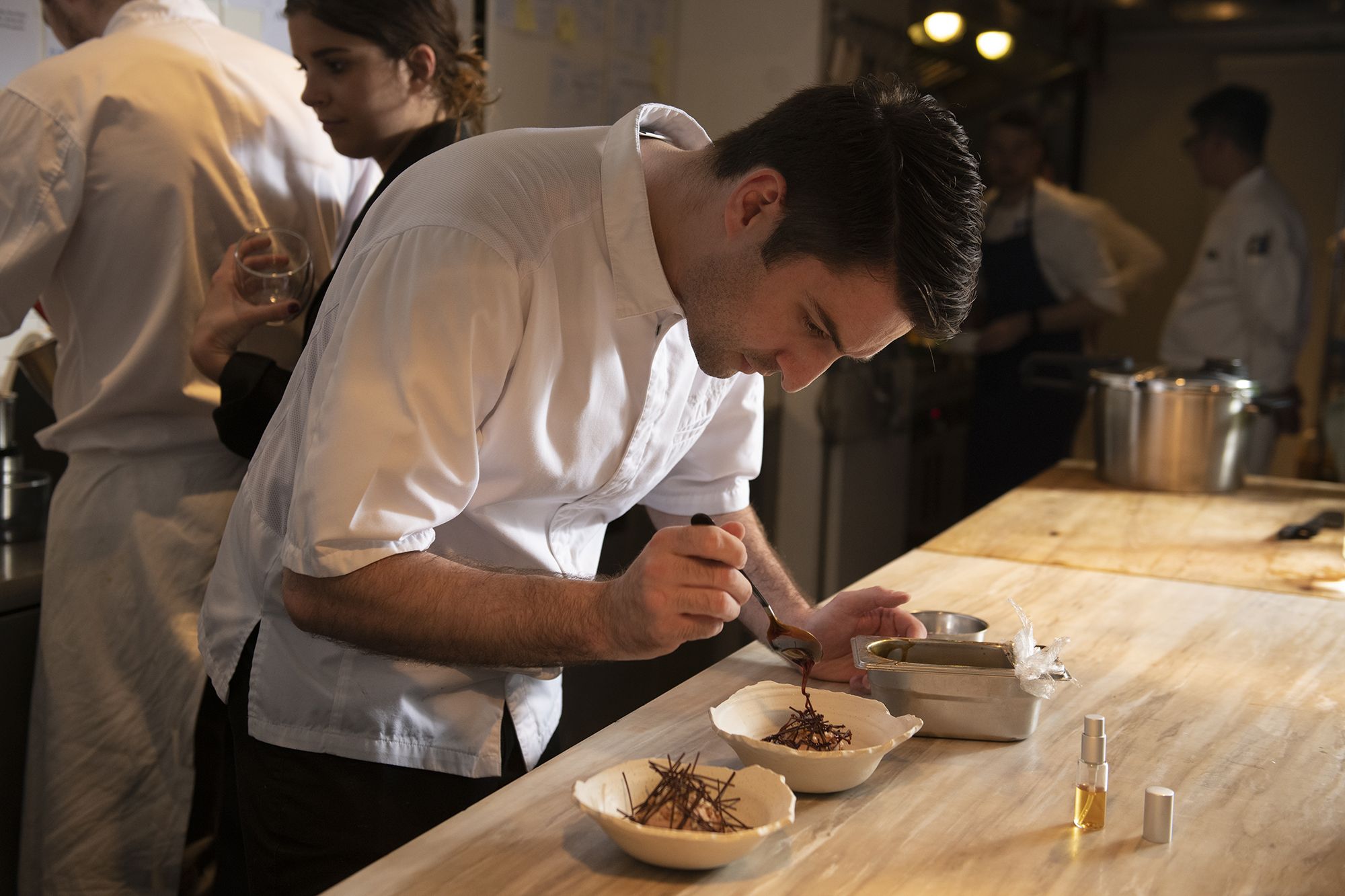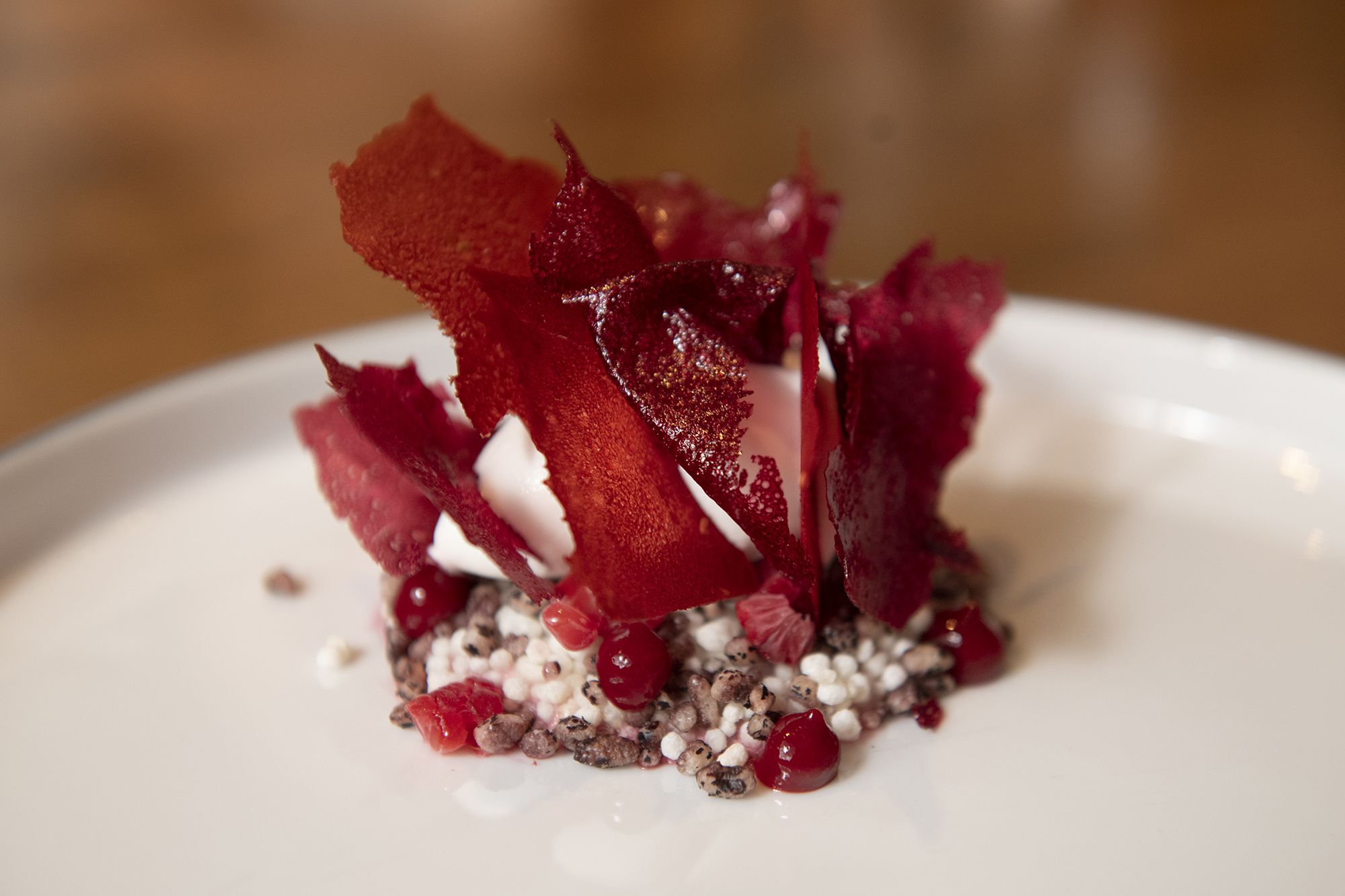No dairy, no gluten. The culinary director of The Landmark Mandarin Oriental’s flagship restaurant is ready to reveal a new era of consumption
If you had been paying attention, you’ll realise that Richard Ekkebus has been moving the chess pieces for years. The gradual evolution of Amber’s menu, from the rich and unrelenting flavours of yesteryear to a more subtle, almost feminine diversion, has been in the works for a long time, with the Dutch-born maestro behind one of Hong Kong’s most iconic restaurants dropping hints many times along the way. Throughout the last six years that I have known the chef, I have conducted scores of interviews. Searching through the archives of our transcribed conversations, dipping into moments of the past, reveals a yearning for paring down and continuously refining—and redefining—what the Amber experience represents.
So when the chef announced that he would be doing away with dairy and gluten completely in the new iteration of his restaurant—the “new dogma”, as he refers to it—the change was perhaps less shocking, coming from a man who had made plenty of bold decisions along the way. (One could argue that the sudden change of hair colour, from brown to platinum in late 2018, was more dramatic than the eventual facelift of the 14-year-old restaurant.)

For example: in 2015, Ekkebus “cut the umbilical cord” away from two of his most recognised signature dishes: the raspberry foie gras lollipop (a masterful lesson in contrast and whimsy) and the sea urchin, caviar, lobster jell-o and seaweed cracker starter and sparked off a tongue-in-cheek Occupy Amber movement. Back then, he already spoke of his desire to move more towards vegetables—“not because it’s funky and fun,” he explained, but “because it makes sense in our contribution to the environment.”
A year later, we spoke of his move to a lighter way of dining—he was experimenting with distilled seawater from his hometown in Holland, using to create an airy, yet umami-packed meringue to be served with fresh asparagus. Tea, too, was on the forefront of his mind—sending his team to harvesting trips in China to gain a better understanding of the brew, Ekkebus waxed lyrical about the need to provide more for a growing segment of diners who eschew alcohol. Tea, to him, was the ideal beverage, the calming, refreshing elixir to stand up to his dishes in a way that acidic juices or carbonated drinks could not.
Around the same time, the ground work was already being put in place, forming the blueprints for a new Amber. Partnering with a local agency for an in-depth study, the chef began to explore what “fine dining” meant in a city such as Hong Kong, one in eternal flux. Among the results of the independent research, which did not name Amber or any other restaurant during the process, one stood out: fine dining is (surprisingly) not dead. With that in mind, the revamped hotel restaurant will still very much be a space for indulging—but where the familiar is spun on its head.
The new Amber—or Amber 2.0 as many have taken to code-naming the restaurant’s renovation and relaunch—has been painted as one of the most highly anticipated F&B projects in years. With over a decade in the bag of serving his particular brand of modern French cuisine, Ekkebus has long cemented himself as a stalwart on Hong Kong’s dining scene—such a position has granted him not only the benefit of retrospection and experience, but a certain type of valour that comes with having battled through the changing tastes and trends of a city.









